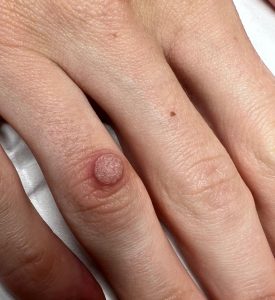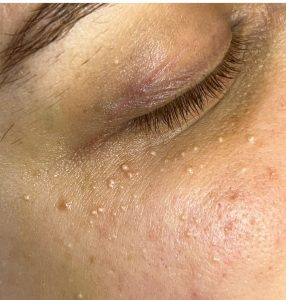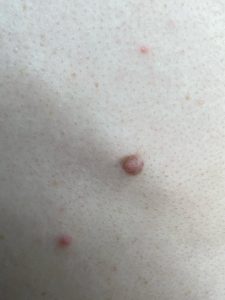
Wart Removal/Reduction using Diathermy
Wart Removal/Reduction using Diathermy is a procedure that creates a high-frequency electrical current which generates heat, which is then used to destroy the tissue of the wart. I find Diathermy is particularly effective for warts that have been resistant to other treatments, such as topical medications or cryotherapy (freezing). Before any treatment you will have a thorough consultation to ensure medically we can go ahead with the treatment, that you fully understand what to expect and that you also understand how to care for the wart in the following days/weeks. Once treatment starts, a fine needle will be placed in contact with the wart, and an electric current is passed


